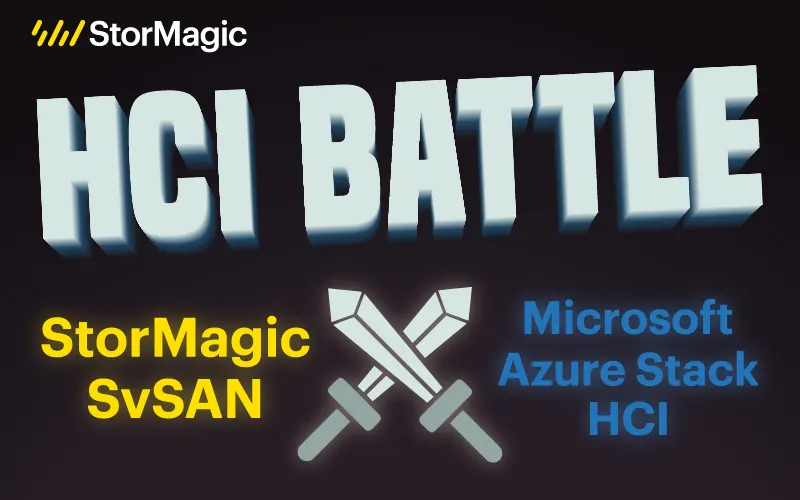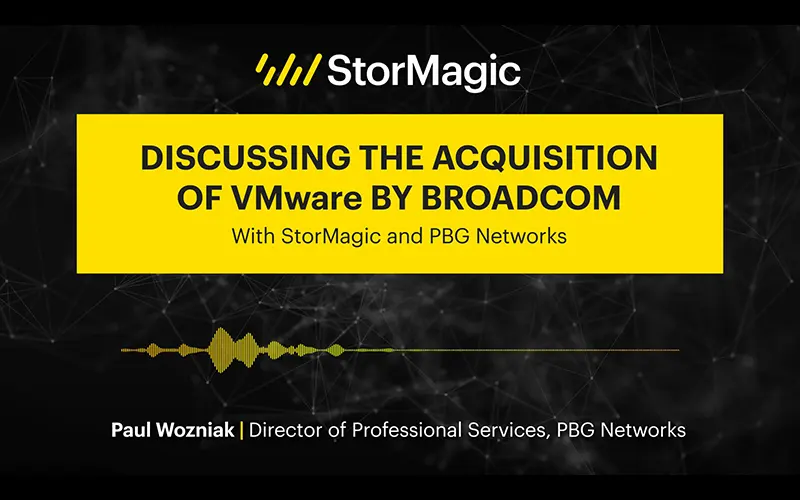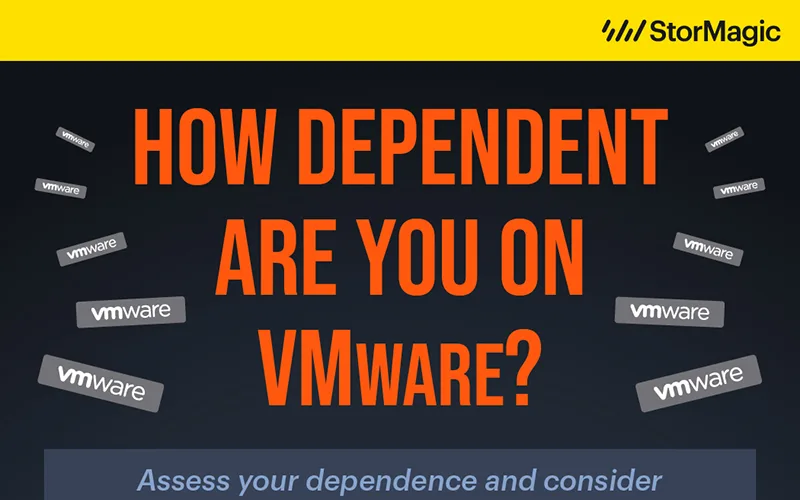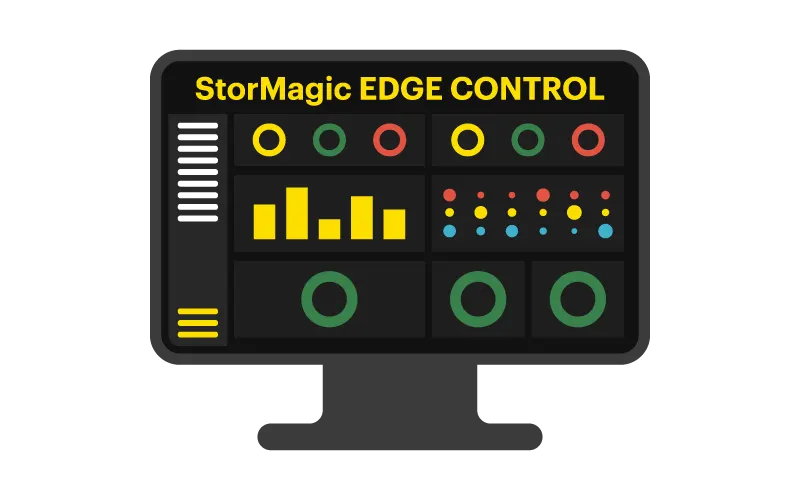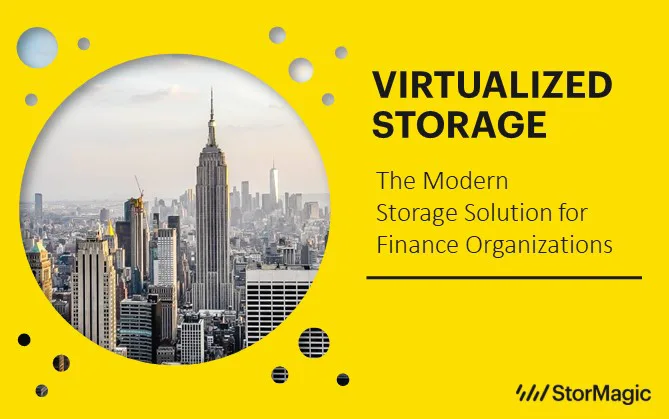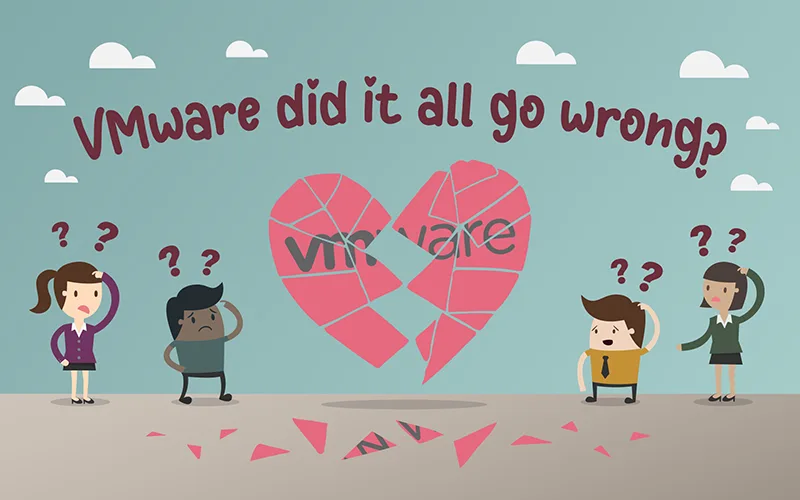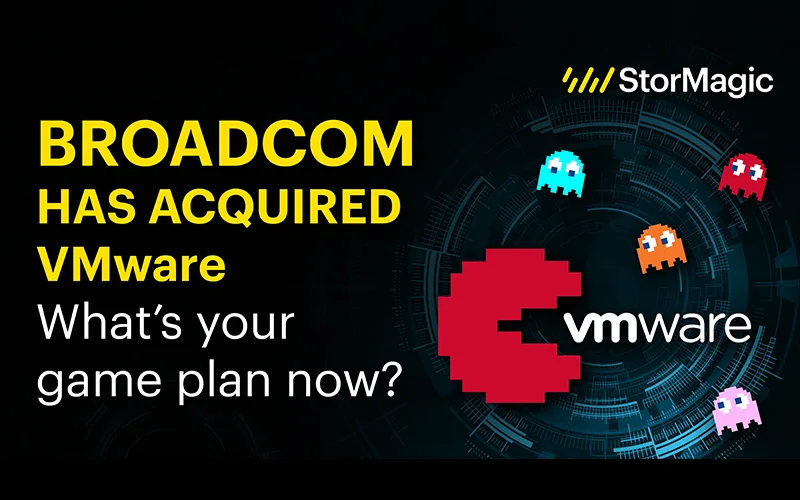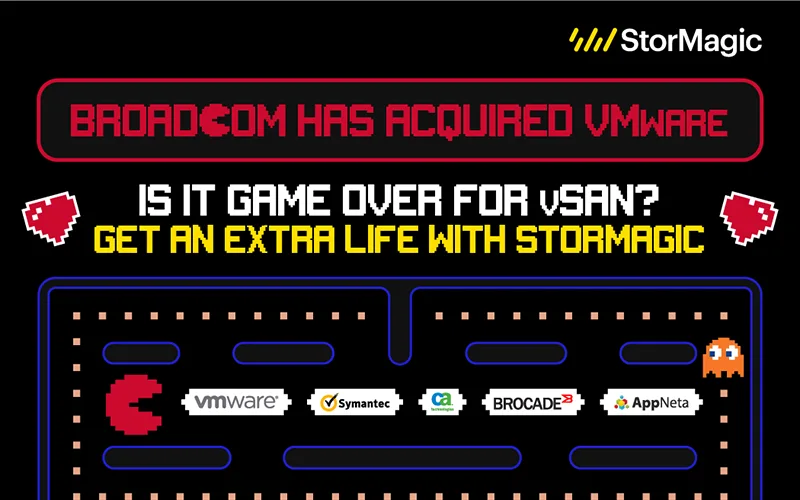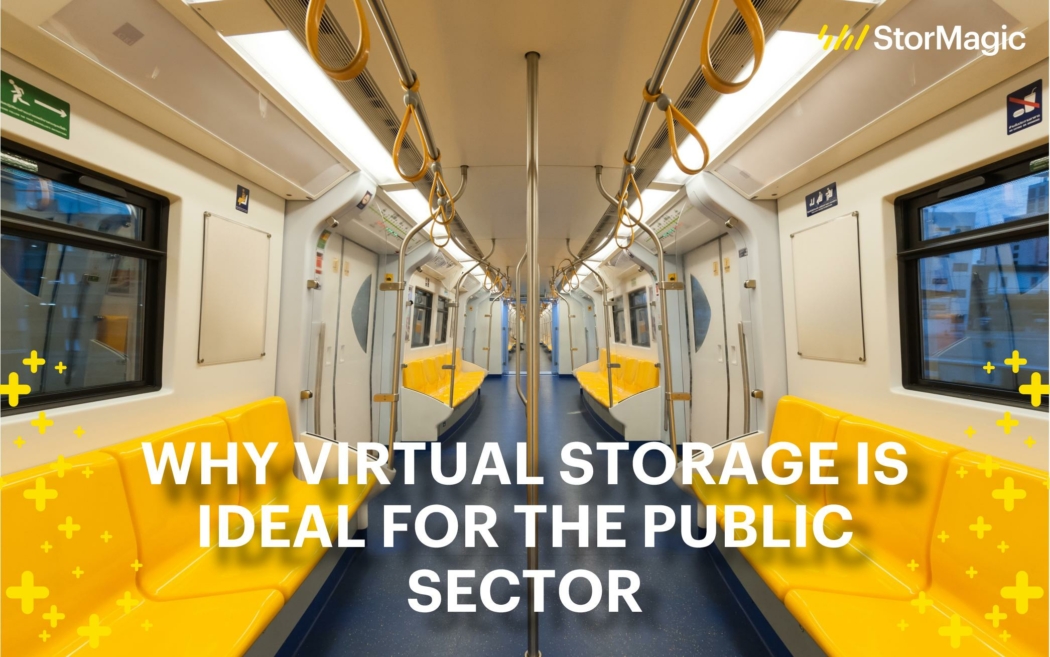Filter Blog
Choosing the Right HCI: SvSAN vs. Azure Stack HCI – What You Need to Know
Considering Azure Stack HCI for your hyperconverged storage? See how it stacks up against StorMagic SvSAN for edge and SMB environments in this blog.
April 12, 2024
VMware Pricing Changes by Broadcom: Advice from Channel Partners
Looking for advice after VMware’s pricing changes? Read the thoughts of two experienced channel leaders: StorMagic’s Brian Grainger & Paul Wozniak of PBG Networks
April 9, 2024
Infographic: How Dependent Are You on VMware?
Do you wish to continue with VMware vSAN or search for an alternative? Add an 'S' to vSAN and switch to SvSAN with or without vSphere.
March 15, 2024
Introducing The Multi-Orchestrator: Available Now in Edge Control 1.2.0
A new feature caters directly to the core needs of users, streamlining infrastructure management, and providing a more adaptable and scalable platform.
March 14, 2024
Deploying Stretch Clusters to Increase Resiliency
Minimizing or eliminating localized IT outages is easily achieved with a high availability stretch, or metro cluster architecture.
March 1, 2024
Virtualized Storage: The Modern Storage Solution for Finance Organizations
Deep dive into virtual storage solutions, their benefits, and how they are revolutionizing the way banks and financial institutions manage and secure critical data
February 2, 2024
VMware Did It All Go Wrong? Partners & Customers Ask, “Now What?”
VMware by Broadcom has announced new subscription bundles and ended the VMware partner program. What happens now to VMware partners and customers?
February 1, 2024
Consider Alternatives Now to Prepare for Broadcom’s VMware Acquisition Fallout
How will the acquisition affect existing customers using vSAN and vSphere? What actions should VMware customers take?
January 19, 2024
Infographic: Broadcom Has Acquired VMware
Do you wish to continue with VMware vSAN or search for an alternative? Add an 'S' to vSAN and switch to SvSAN!
January 19, 2024
Why Virtual Storage is Ideal for the Public Sector
There are many benefits of storage virtualization for organizations in the public sector including increased data security, high availability, and ease of management
January 18, 2024

